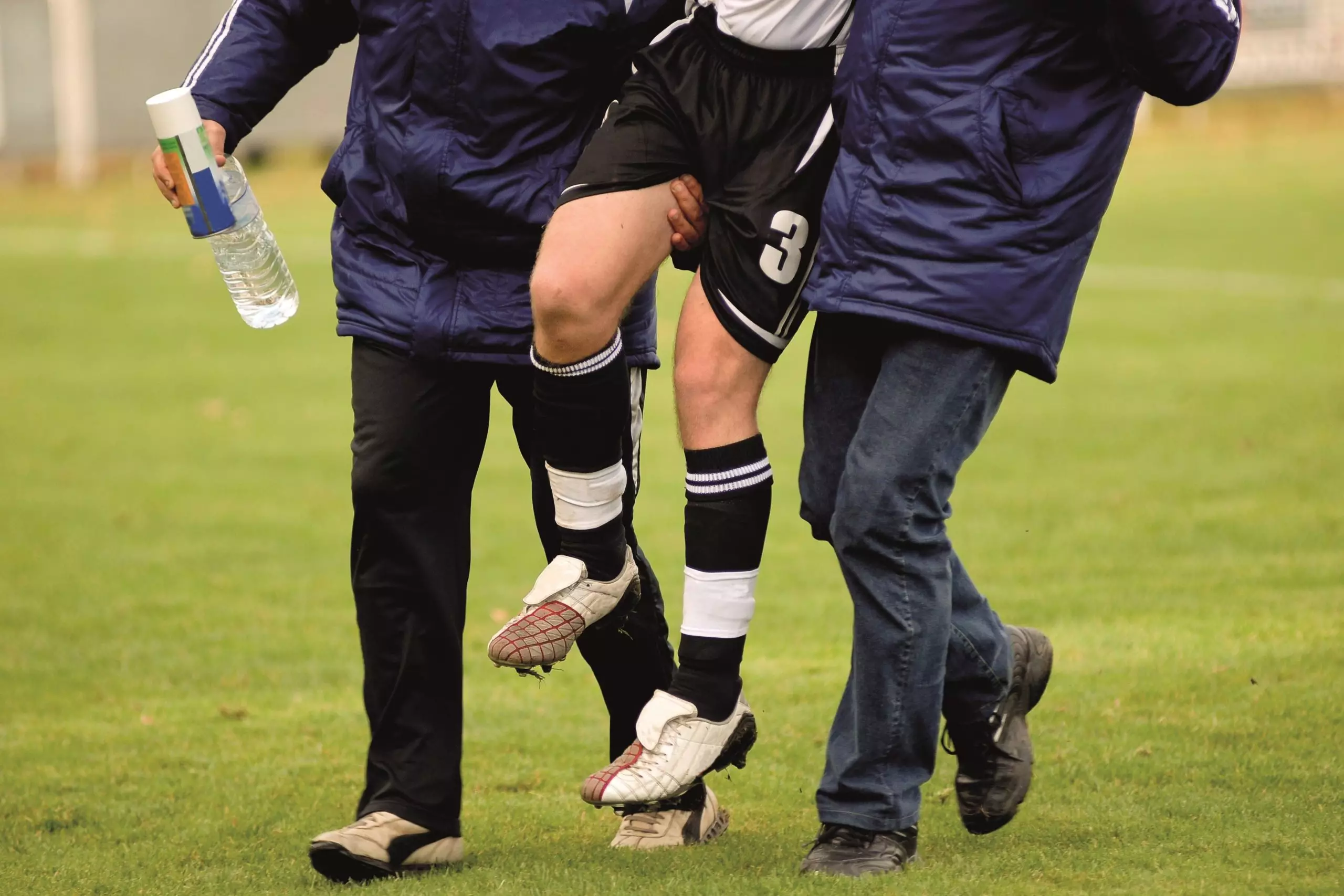
Preventing and Treating Injuries
In the world of sports and physical activities, injuries are an unfortunate but common occurrence. Preventing and treating these injuries is crucial to ensure athletes can maintain peak performance and enjoy long, healthy careers. Exhibition companies play a vital role in showcasing the latest advancements in sports medicine, helping athletes and fitness enthusiasts stay informed about effective injury prevention and treatment methods. Here’s a comprehensive guide on how to prevent and treat injuries.
Preventing Injuries
Prevention is always better than cure, and understanding how to prevent injuries is essential for athletes of all levels.
Proper Warm-Up and Cool-Down: One of the simplest yet most effective ways to prevent injuries is through proper warm-up and cool-down routines. Warming up increases blood flow to the muscles, improves flexibility, and prepares the body for intense physical activity. Cooling down helps in gradually lowering the heart rate and reducing muscle stiffness.
Strength and Conditioning: A well-structured strength and conditioning program tailored to the specific demands of the sport can significantly reduce the risk of injuries. These programs focus on strengthening muscles, improving endurance, and enhancing flexibility, making the body more resilient to the stresses of athletic activities.
Correct Technique and Form: Using the correct technique and maintaining proper form during training and competition is crucial for injury prevention. Coaches and trainers should emphasize the importance of biomechanics and provide continuous feedback to help athletes perform movements correctly.
Protective Gear: Wearing appropriate protective gear is essential in many sports. Helmets, pads, braces, and supportive footwear can help prevent injuries by providing additional protection and support. Ensuring that the gear fits well and is in good condition is equally important.
Hydration and Nutrition: Proper hydration and nutrition play a significant role in injury prevention. Staying hydrated and maintaining a balanced diet helps in muscle recovery and overall physical health. Dehydration and poor nutrition can lead to muscle cramps, fatigue, and increased susceptibility to injuries.
Treating Injuries
Despite the best preventive measures, injuries can still occur. Effective treatment is crucial for a speedy recovery and return to sport.
Immediate First Aid: The initial response to a sports injury is critical. The RICE method (Rest, Ice, Compression, Elevation) is commonly used to manage acute injuries such as sprains and strains. This approach helps reduce swelling, pain, and inflammation in the early stages of injury.
Physical Therapy: Physical therapy is a cornerstone of injury treatment. Physical therapists create customised rehabilitation programs that include exercises to restore strength, flexibility, and range of motion. They also use techniques like massage, ultrasound, and electrical stimulation to promote healing.
Medical Interventions: For more severe injuries, medical interventions may be necessary. This can include medications to manage pain and inflammation, injections to reduce swelling, or even surgical procedures to repair damaged tissues. Sports medicine physicians work closely with athletes to determine the best course of treatment.
Rehabilitation and Recovery: The recovery process is vital to ensure a full return to sports activities. Rehabilitation programs focus on gradually restoring the athlete’s physical capabilities while preventing re-injury. This phase often involves a combination of physical therapy, strength training, and functional exercises tailored to the athlete’s specific sport.
Preventing and treating injuries is an integral part of sports medicine, ensuring athletes can perform at their best and enjoy long, healthy careers. By focusing on injury prevention strategies such as proper warm-up routines, strength and conditioning, correct techniques, and protective gear, athletes can significantly reduce their risk of injury. When injuries do occur, immediate first aid, physical therapy, medical interventions, and comprehensive rehabilitation programs ensure effective treatment and recovery.













Post Comment